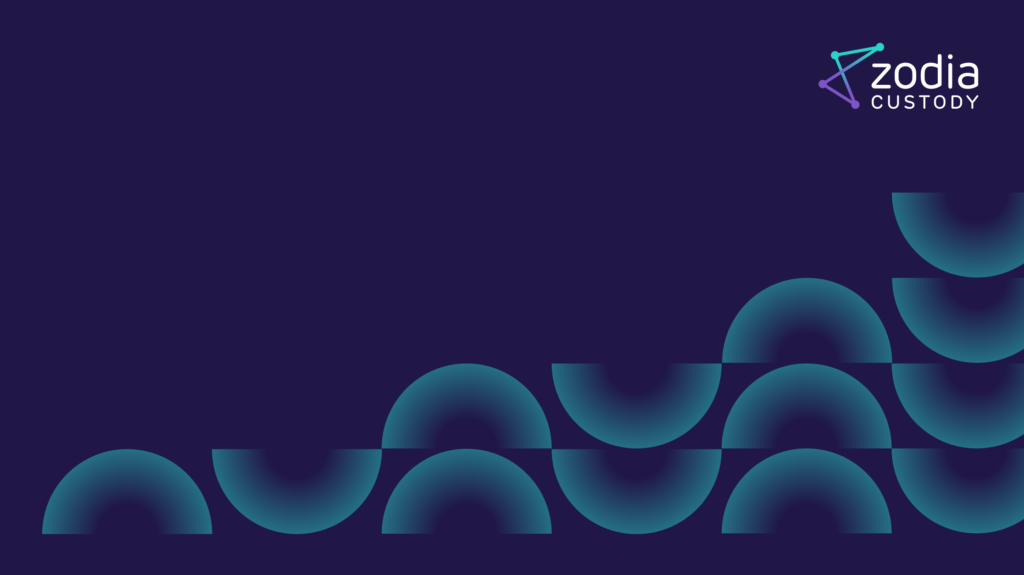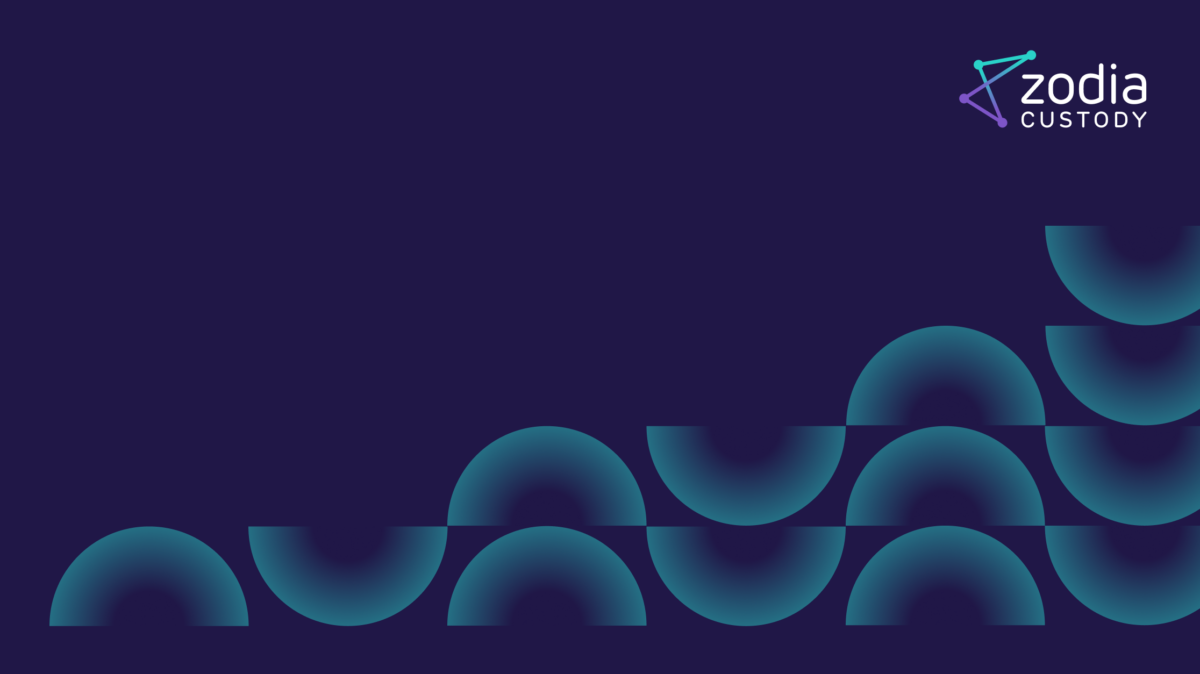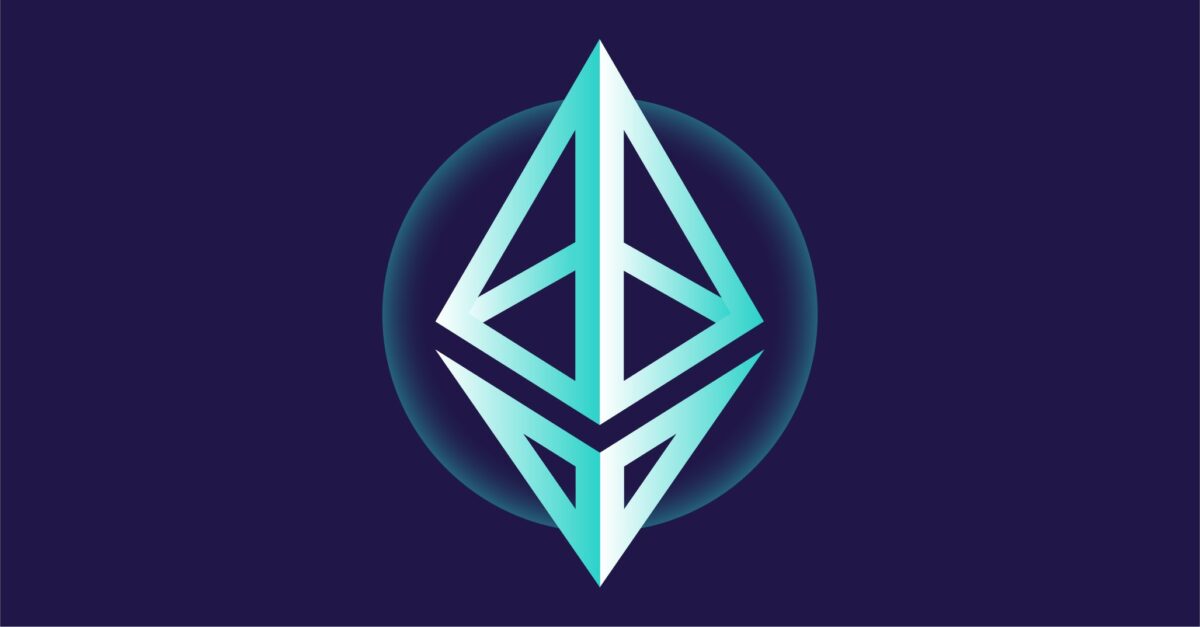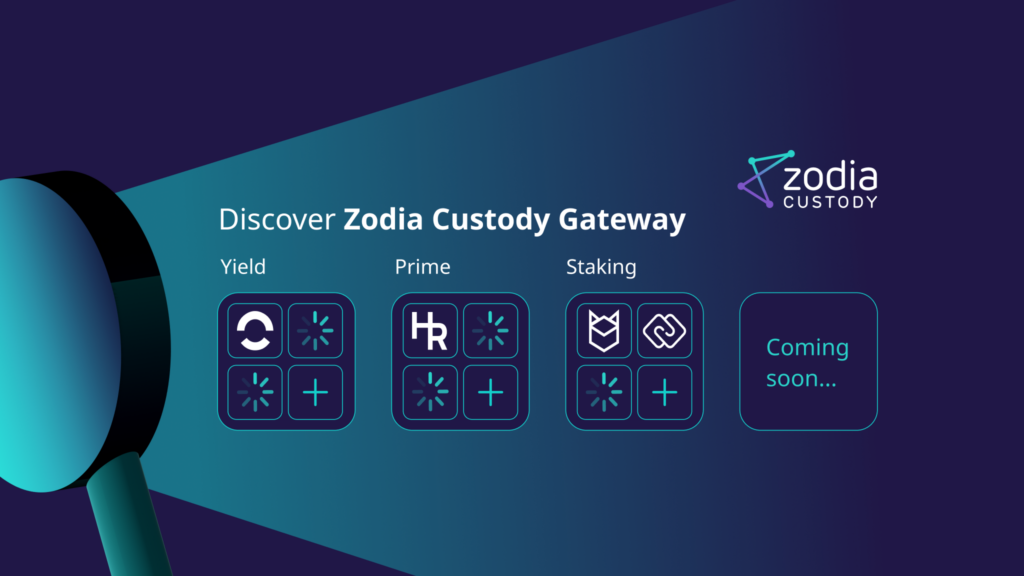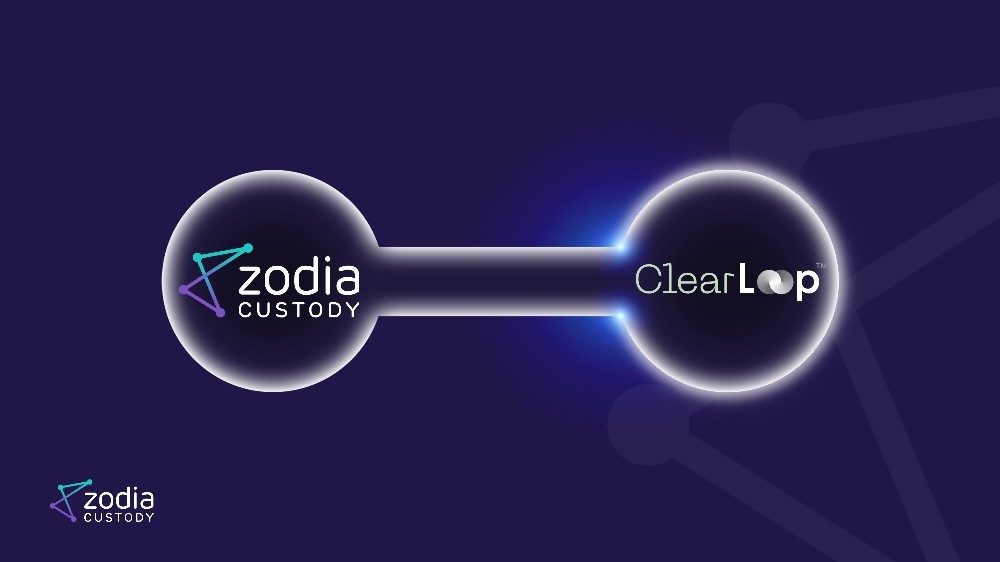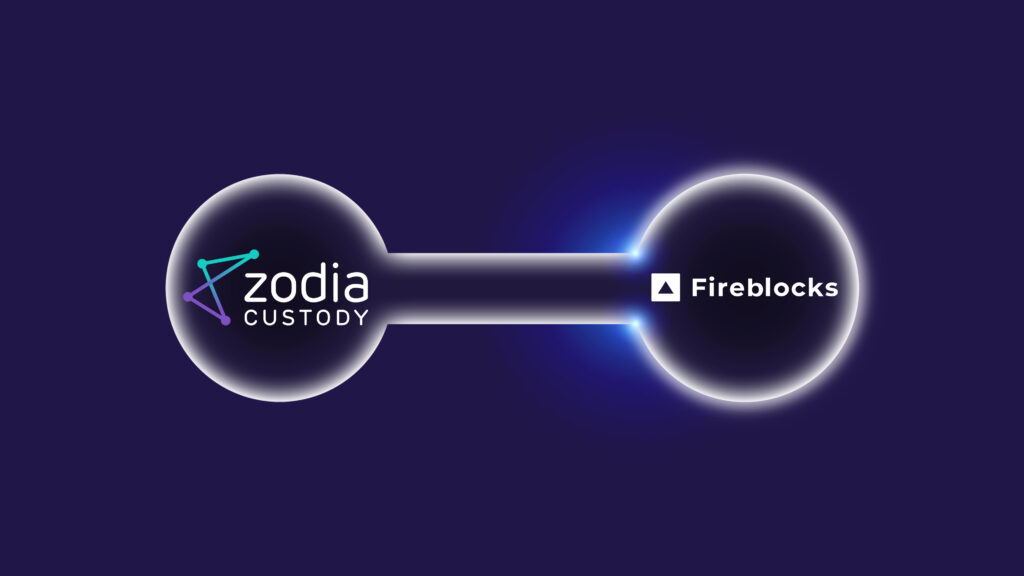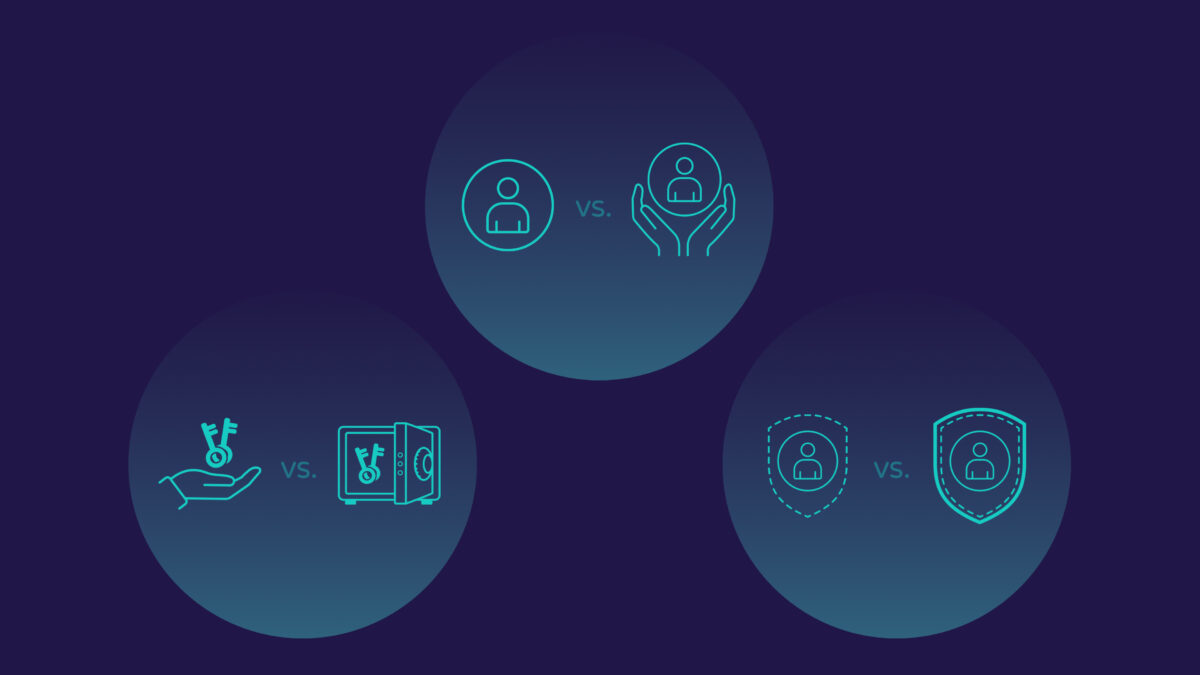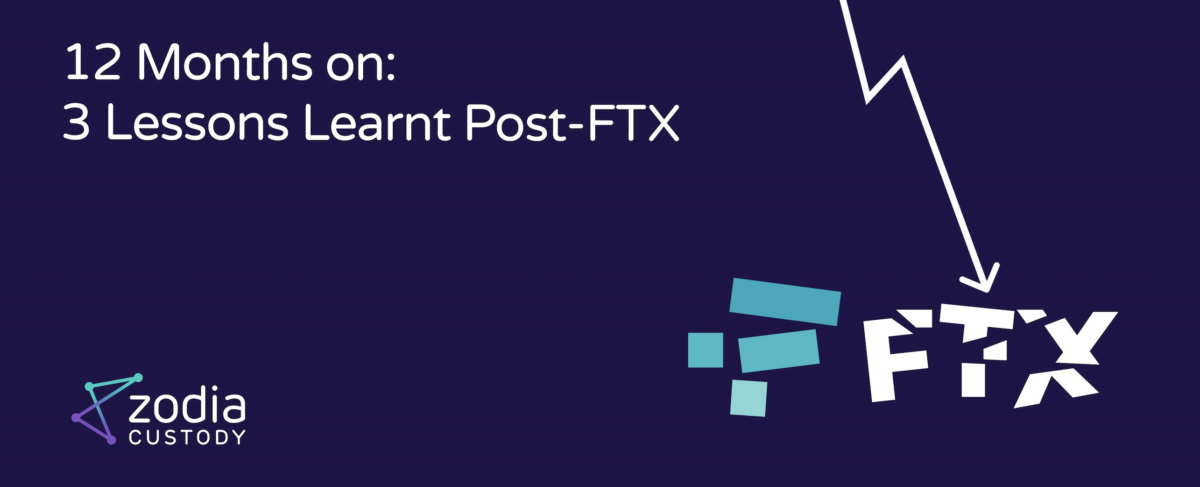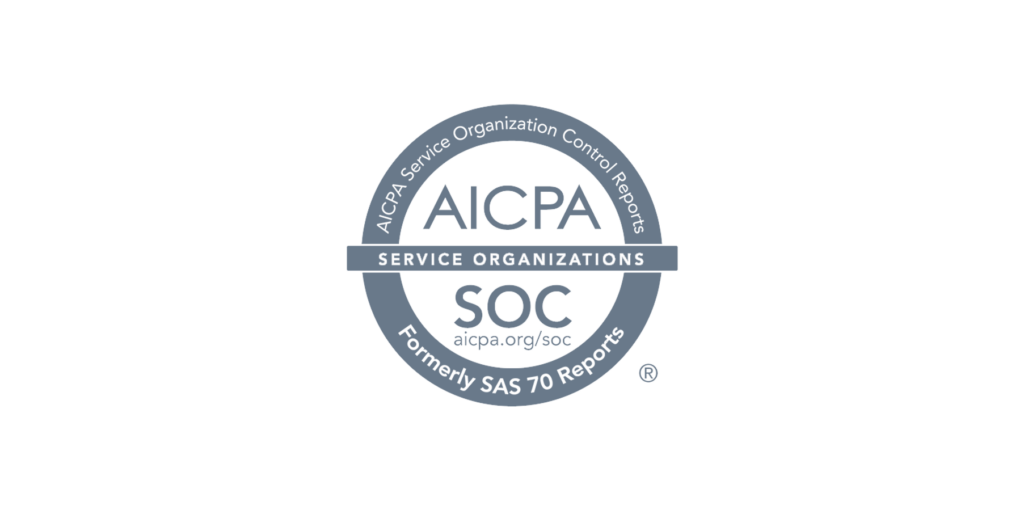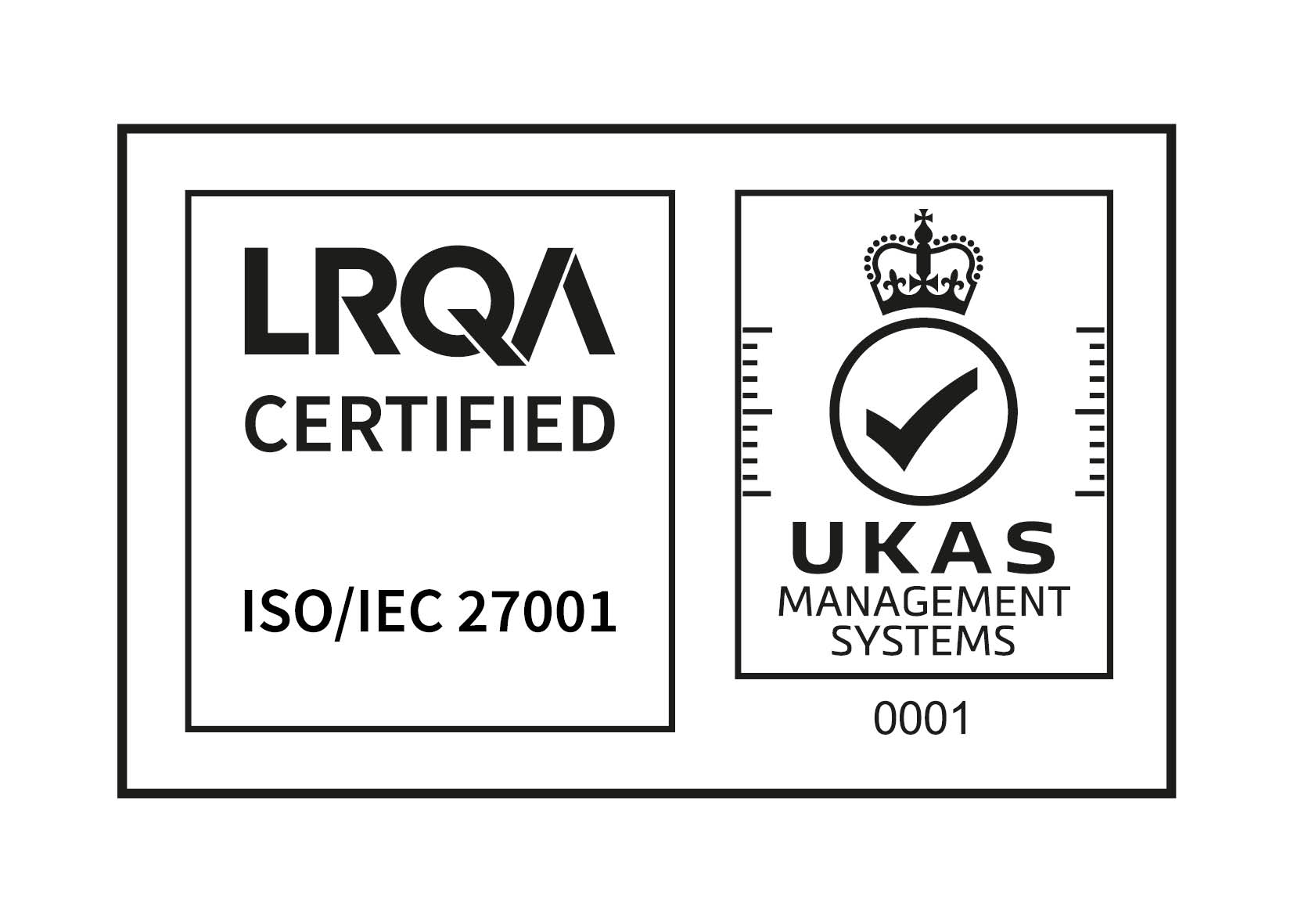November 11th marked the first-year anniversary of the collapse of FTX, serving as a crucial source of lessons and warnings for all players in the digital asset ecosystem. Acting as a catalyst, the collapse has sparked necessary dialogues geared towards providing clarity to all industry participants, ranging from regulators to institutions.
In this article, we explore three lessons learned from the fall of what was once the world’s second-largest cryptocurrency exchange.
Lesson one: prioritise robust risk management
The mismanagement of critical risk factors, including counterparty risk, inadequate liquidity, and operational oversights, played a pivotal role in the downfall of FTX. This collapse serves as a stark reminder for crypto asset service providers (CASPs) to bolster their risk management practices and implement robust internal controls when navigating the intricate landscape of digital assets.
In the aftermath of the collapse, a notable shift occurred—institutional firms and CASPs themselves began taking a more proactive stance to identify and assess the risks that CASPs they deal with, either as counterparties or clients, may pose, and evaluate the adequacy of controls that are in place. This has enabled better-informed decisions to be made with respect to risk management and has, over the past year, resulted in standards across the industry increasing. Additionally, CASPs and institutional firms need to ensure that training and risk awareness throughout their organisations are significantly improved and that a culture of risk awareness and compliance is embedded.
Embedding these cultures extends beyond merely implementing risk and compliance measures. As an industry, cultivating a mindset that truly values and proactively manages risks at every level is essential for attaining lasting success.
This increased scrutiny reflects a growing awareness within the institutional landscape regarding the importance of comprehensive risk management strategies, which remain a challenge in the lack of clear consensus and crypto specific regulation.
Lesson two: embrace transparency and reporting
Transparency and accountability form the bedrock of a thriving digital asset ecosystem. The FTX collapse reinforces the indispensable roles played by both internal and external audit functions.
For CASPs, transparency is not just an organisational value but a necessity for building trust with clients. The situation with FTX, where audited financial statements remained undisclosed until after the collapse, is an obstacle for clients seeking to comprehensively assess the financial health and operational integrity of a service provider.
In response, institutions are increasingly choosing to collaborate with service providers that can provide evidence of reporting through SOC 1 and SOC 2 reports. The former focuses on internal controls over financial reporting, while the latter examines organisational controls pertinent to both operations and compliance. This transformative shift highlights an increasing emphasis on accountability and transparency within the digital asset space, marking a game-changing moment for those seeking to establish credibility and build trust.
However, the mantle of responsibility for transparency extends beyond service providers alone. Institutions, as architects of their partnerships, bear the responsibility to conduct thorough due diligence when selecting a partner. Asking rigorous questions and carefully researching a service provider’s history, shareholders, and risk management practices are non-negotiable prerequisites before making any commitments.
The responsibility for transparency and accountability within the industry also extends beyond service providers and institutions; regulators play a crucial role. They bear the responsibility of proactively formulating clear and comprehensive regulations, enforcing them diligently, and taking decisive action against any misconduct. Well-defined regulations in the digital asset space act as necessary regulatory guardrails, contributing to clarity within the industry and fostering a conducive environment for the growth and maturation of the digital asset sector.
Lesson three: asset segregation is paramount
In the aftermath of FTX’s collapse, a crucial lesson emerges — the importance of asset segregation and the protection of clients’ funds. The fallout, marked by the disappearance of significant client assets, serves as a stark reminder to the industry about the importance of maintaining a clear distinction in clients’ holdings.
Asset segregation involves a clear separation of clients’ assets, preventing any co-mingling, whether among institutional clients or between an institution and the service provider. Let’s explore two scenarios of asset co-mingling and their potential outcomes. In the case of an omni-bus wallet where clients’ assets are mixed and the crypto service provider goes under, determining ownership becomes challenging. Despite the potential for retrieval, the looming risk of prolonged asset entanglement within a complex administrative process is evident.
In another scenario, if there’s a failure to maintain clear segregation between clients’ assets and those of the provider, there’s a potential for these assets to come under the administration of the service provider should they go bankrupt. This outcome is contingent upon the legal structure in place and without the safeguard of insolvency protection.
The collapse not only highlights the importance of a clear legal framework but also underscores the critical role of the implementation of a well-defined recovery and resolution strategy. Such a strategy is essential for ensuring that clients maintain both legal and operational control over their private keys and underlying assets. These measures serve as integral components in fortifying the resilience of market infrastructure and fostering confidence in the ongoing development of the digital asset ecosystem.
Conclusion
These lessons highlight the foundational principles that shape a resilient and trustworthy digital asset ecosystem. By implementing robust risk management practices, industry participants can navigate the complexities of the ever-evolving landscape with greater confidence and stability. Embracing transparency and reporting not only fosters trust but also cultivates an informed and collaborative industry.
These fundamentals collectively set the stage for the sustained growth and maturation of the sector. Prioritising risk management, transparency, and asset segregation establishes a strong foundation capable of overcoming challenges and instilling confidence within the sector.
